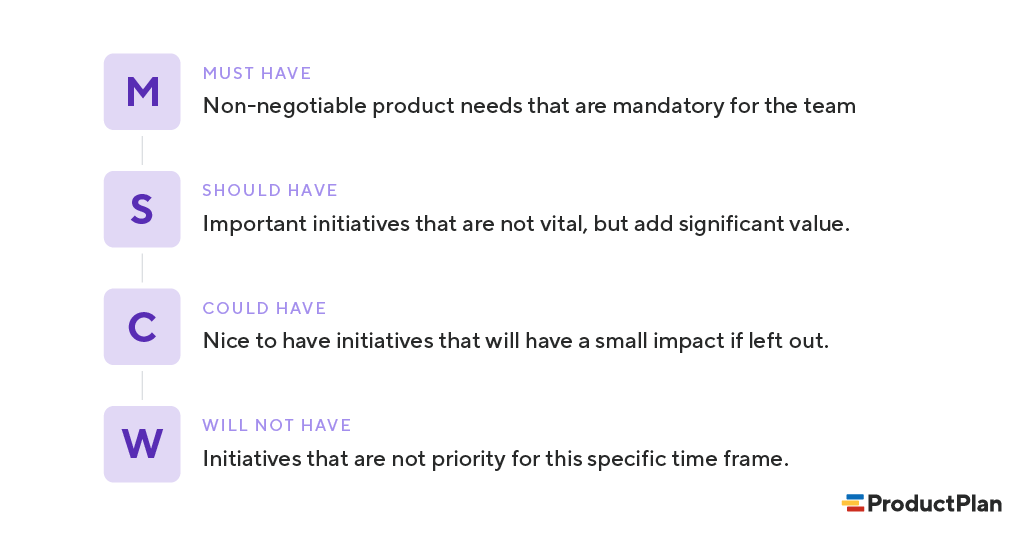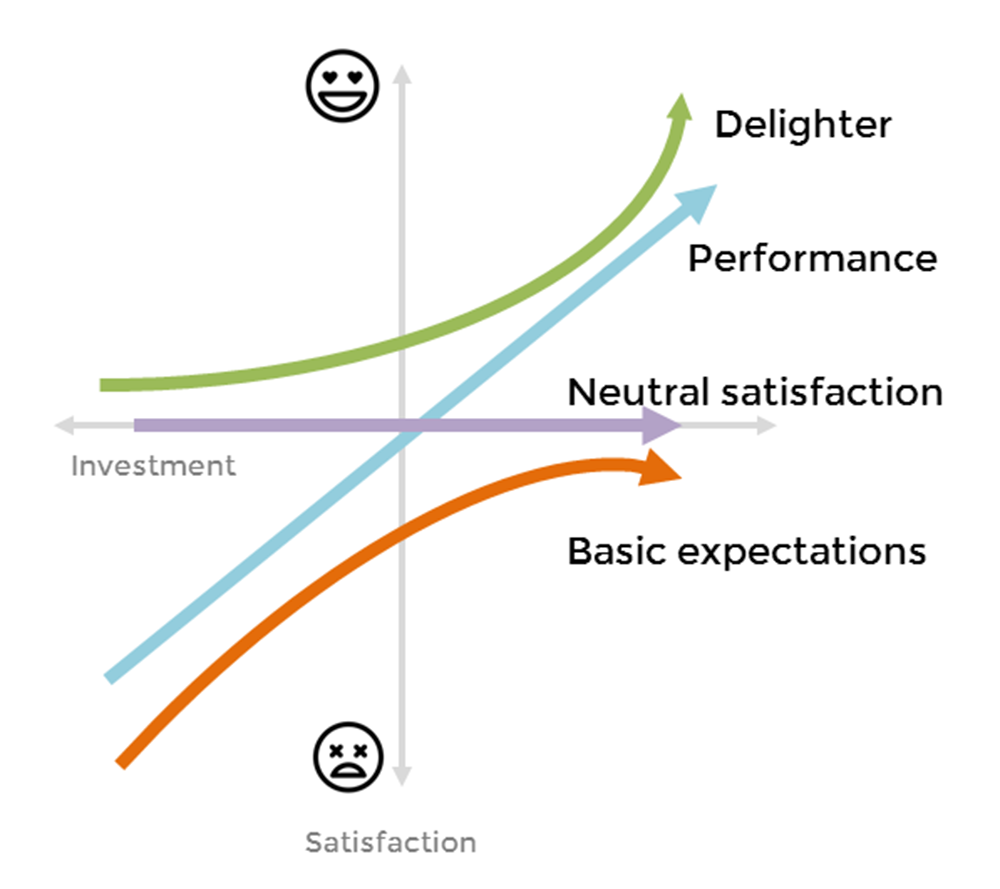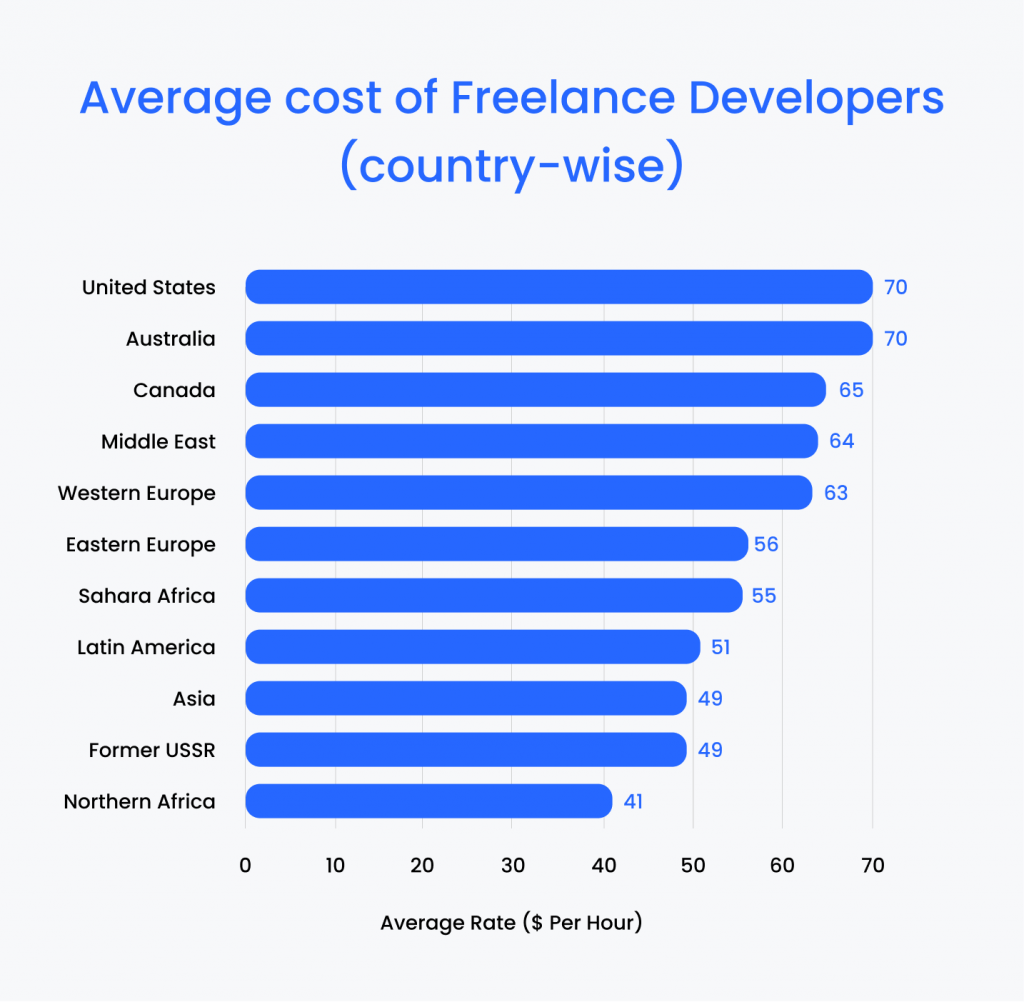Do you know what successful products like Airbnb, Spotify, and Uber have in common? They were way different from what they look like today. That’s because these products all started with a Minimum Viable Product (MVP) before evolving into their mature versions as we know today.
So, what is MVP? Why does it matter? How to build an MVP? What comes afterwards? Let’s discuss and figure out the answers in this article.
What is MVP?
Eric Ries, who coined the term, defined an MVP as the early version of a new product that allows a development team to collect the maximum amount of validated learning about customers with the least effort.
As thus, a Minimum Viable Product version consists of just enough features to solve the ultimate problem for which the product is born.
The vehicle example below is a classic illustration of the general idea behind the minimum viable product. It’s important to keep in mind that MVP is not delivering an unfinished product (as in the upper illustration), which would confuse users "What am I supposed to do with a tire while what I ordered is a car?"; but rather a simple yet working product that is able to address the most important, basic customer need. For instance, looking at the lower example, the key customer need is moving from A to B faster. Then a skateboard could be the earliest MVP version that fulfills the customer need while allowing the development team to learn and get feedback. Throughout the evolution from the skateboard to the fancy roadster, all the versions of the products, either sketchy or sophisticated, must be functionable.

The MVP approach plays a critical role in agile development as it focuses on time to market first and makes improvements and adjustments later.
What are the main porposes and benefits of building MVP?
The use of MVP allows companies, especially startups, to avoid typical pitfalls and resolve critical challenges during the initial stage of product development.
The first and most common mistake is adding redundant features while losing focus on the questions that really matter. In this respect, MVP approach supports companies to clarify the core functionality of their product while allowing testing business concept with minimum costs and time. By offering the core set of features, rather than a feature-heavy product, companies can verify from very beginning if their product concept resonates with target customers while having opportunities to change product directions and strategies based on gained insights.
Secondly, another common problem with new products when entering market is limited customer understanding. The MVP approach aims to collect feedback from early adopters. These users will tell you which functions they appreciate the most and which should be pending till next releases. With an MVP, companies are empowered to be responsive to constantly changing needs of a fast-paced market, while quickly leveraging the latest technologies. Instagram could be a prime example in this regard, for having successfully leveraged customer intelligence from its MVP versions to change its business model from GPS feature to a photo-sharing application as we know today.
Thirdly, MVP helps increase the speed to market. In such a breakneck pace world today, if you’re not quick enough, there will probably be another company that can release an equally cool app before you. Therefore, by adopting the MVP approach, companies can save a lot of time possibly wasted on low-prioritized features or expensive bug fixes.
The last but not the least is economic benefits. An MVP could help prevent the product from becoming costly, over-complicated with sophisticated coding, UI effects and features. Besides, several businesses rely on investor buy-in to secure funding. In such cases, an MVP is an effective way to demonstrate the product’s potential to win the market before investors, without building a bunch right from beginning.
What comes after a minimum viable product?
By moving along with the project, companies may have several MVPs, each corrected based on customer insights. At the end of this process, companies should have accumulated enough MVPs. They thus manage to figure out the basic set of features that customers are ready to pay for. The version built on this basic set is called Minimal Marketable Product (MMP). An MMP should allow companies to launch their product early at a cost that is lower than which required for a full version. This is a bright strategy to make certain return on investment while further developing and upgrading.
After having MVP and MMP, which focus on fundamental elements, companies might start to develop a Minimum Lovable Product (MLP). It should be an abridged version of what you're planning by offering not barely basic functionality but also some features that are unique and more enjoyable. An MLP should include attributes that create emotions and make users want to share. Emotion is hugely influential, especially in overcrowded markets, it can be a deciding factor.
What are the differences between MVP & prototype?
Prototype is a prior stage of an MVP. If MVP is a basic but working version, a prototype is the first draft with probably errors or bugs. It is, actually, an early attempt to visualize the working idea, including design and functionalities, to validate the user interface (UI) and user experience (UX). Prototypes don’t aim to be launched but just tested in a small scope with limited and selected users.
What are the main steps of building an MVP?
The process of MVP development generally includes 6 stages.
Step 1: Define problem and scope
Like any product development methodology, it always starts with determining target customers and their concrete problems that the future product wishes to solve. The “scope" here means the aspects of the problem that your product will focus on and which solutions could be feasible given your available resources.
Step 2: Conduct market research
Market research helps ensure that your product idea fulfills the needs of potential users. The more insights you have, the higher your chance of success is.
The market research phase also helps to learn about existing competitors and what they offer. Such learnings will help you to confirm your product’s differentiations - if they are strong enough to convince people to choose your product over other alternatives?
Step 3: Prototype potential solution
The design process is a crucial stage. You may need to look at your product from user perspective to create a smooth user experience. A product prototype allows you to simulate the user experience to make necessary changes before jumping into coding.
Fun fact: Steve Jobs avoided the stage of prototyping while building the Apple Lisa. As a result, this product was a catastrophe and unprofitable.
Step 3: Prototype potential solution
The design process is a crucial stage. You may need to look at your product from user perspective to create a smooth user experience. A product prototype allows you to simulate the user experience to make necessary changes before jumping into coding.
Fun fact: Steve Jobs avoided the stage of prototyping while building the Apple Lisa. As a result, this product was a catastrophe and unprofitable.
Step 4: Define a list of features
Feedback loop plays a vital role in MVP development, and you should start working on it right after showing the first prototype to your focus group. Based on collected feedback, you can have ideas to prioritize features for the next MVP release.
Step 5: Build and launch MVP
Once you have decided upon feature prioritization, it’s time to build your first MVP. Keep in mind that although an MVP needn't to be a brilliant product, it still needs to be able to fulfill the key customer needs as defined in Step 1 and validated in Step 2. Also, it should be engaging, easy to use and straight to the point so that users can complete an expected user story in the most convenient way possible.
Step 6: Build, Measure, and Learn
Feedback collecting shouldn’t end when the MVP development starts. You should iterate again and again based on user feedback.
How to define features to include in an MVP?
There are varying methods to define features to be prioritized in MVP. Below we are going to introduce three of the most commonly used frameworks, including: MoSCOW, Story Mapping, and Kano.
MoSCoW
MoSCoW is a straightforward method of prioritizing features that categories features into 4 groups in order of priority.

Story Mapping
Similar to MoSCoW, Story Mapping also considers the feature prioritization but under each activity of User Journey. This method enables a broader perspective while addressing more granular features than the privious method.
The top most significant features that cover the entire user journey are designated as the Walking Skeleton and have to be included in the MVP.
Kano
Kano method maps the satisfaction against effort and money in order to classify features into four groups, as following:

- Basic features: include features that customers usually take for granted. Those are minimum acceptance criteria for the product, the “price of entry” to the market. Any poor execution of basic features can lead to immediate dissatisfaction, while improved execution can result only in neutral satisfaction.
- Neutral (Indifferent) features: are those that don't add much value, and customers don’t care whether those features are present or absent. Their satisfaction level remains neutral under either circumstance. You certainly do not want to invest in their implementation.
- Performance features: includes attributes that differentiate products from others and directly correlate to customer satisfaction.
- Delighter features: are novel features that create unique selling points and encourage users to share with their surroundings.
How much resource does it take to build an MVP?
The development cost varies depending on different factors, like core functionality of the MVP, the developer's location, the amount of features, MVP complexity, time constraints. However, in general, key influential factors can be classified into three groups: time, money and human resource.
Time: To make long story short, from our experience working with various startups at Enable Startup, we would say 3 to 5 months to build an MVP on average.
Money: Development cost for an average good-quality MVP depends largely on the country of the developer. Check below a rough estimate for different regions.

Human Resource: Depending on specific requirements of each project, the company can decide to build an internal developer team or outsource to external agencies or freelancers. Regarding team structure, fundamental expertise includes front-end/back-end development, UX-UI design, QA and product or project management. The number and seniority of each expertise depend on the complexity of the MVP and will contribute considerably to the ultimate cost.

What are famous success stories of adopting MVP approaches?
A number of well-known applications started small with MVPs first and adopted extensive but expensive features later on over the years.
Airbnb is a prime example of concierge MVPs. With no money to build a business at their early days, the founders of Airbnb decided to use their apartment to validate their idea of creating an online marketplace that offers short-term rental housing. This MVP was not as fancy as its current look, but rather a minimalist interface with photos and general info about their property. The two founders found several paying guests almost immediately. After launching the MVP, Airbnb continuously collected feedback and learned from customers to improve its products. Currently, Airbnb provides extensive features, such as Airbnb adventures which allow customers to connect with local guides and explore local culture.
Dropbox is also one of the best cases of leveraging MVP. It was firstly introduced by its founders in a demo video. This video went viral and now become one of the biggest cloud services in the world.
MVP is meant for start-ups, not established enterprises, isn't it?
No, it is a misconception. Actually, large enterprises also use this approach quite often.
MVP approach is widely applied in the early stage of digital transformation, when organizations almost building their IT infrustructure from scratch. MVP development in this case is much similar to which happens in startups. The biggest difference is that unlike startup MVPs, enterprises often implement multiple MVPs that are different parts of an entire system.
It is also well leveraged to enhance mature products. Typically, the MVP method is useful when introducing a mobile app version of an existing web-based application. For example, in 2010, after their first three years in the market, Dropbox started trickling out their mobile app MVP instead of waiting until being ready to launch a full-feature product.
In addition, MVP can be effective in validating user perception toward future features or when considering the integration of new features with an established product, such as integrating payment gateways with an e-com website.
Bonus: HBR has four other tips for launching MVPs in big companies.
Rounding off
MVP is an approach that empowers startups to effiently discover their target users, without overspending resources. MVP does not have to be perfect, as Reid Hoffman, co-founder of LinkedIn, said: “If you are not embarrassed by your first product, you launched too late.”
Let’s meet at [email protected] to discuss further about MVPs and much more. We at Enable Startup have a lot of exciting lessons learned, yet-to-be-answered questions and hopefully, advice for your next sofware development projects!







